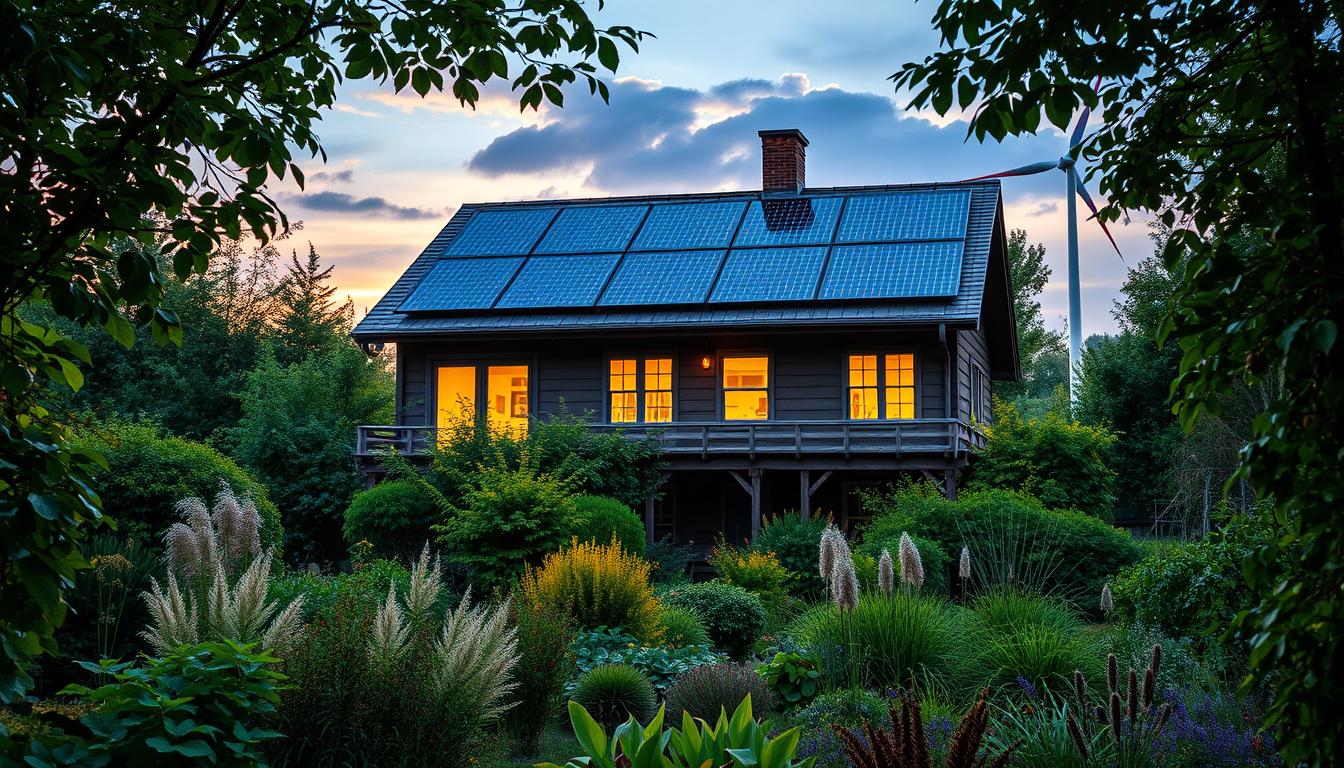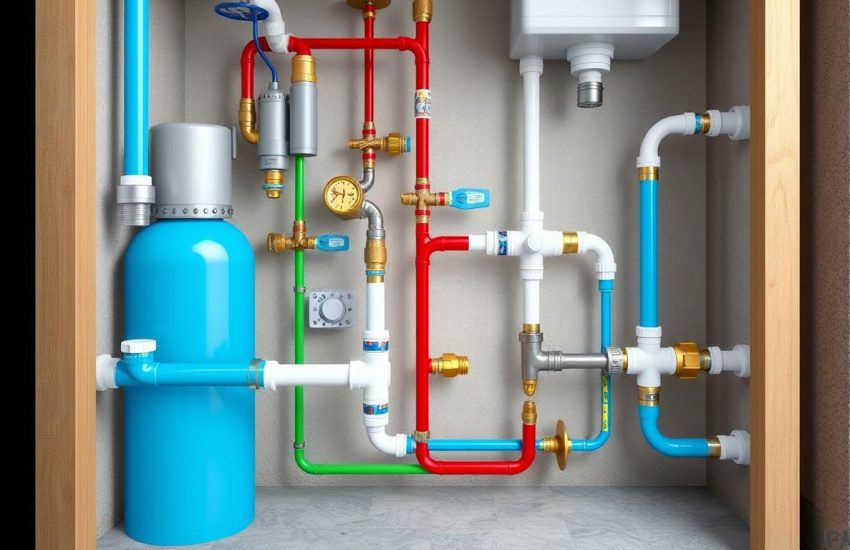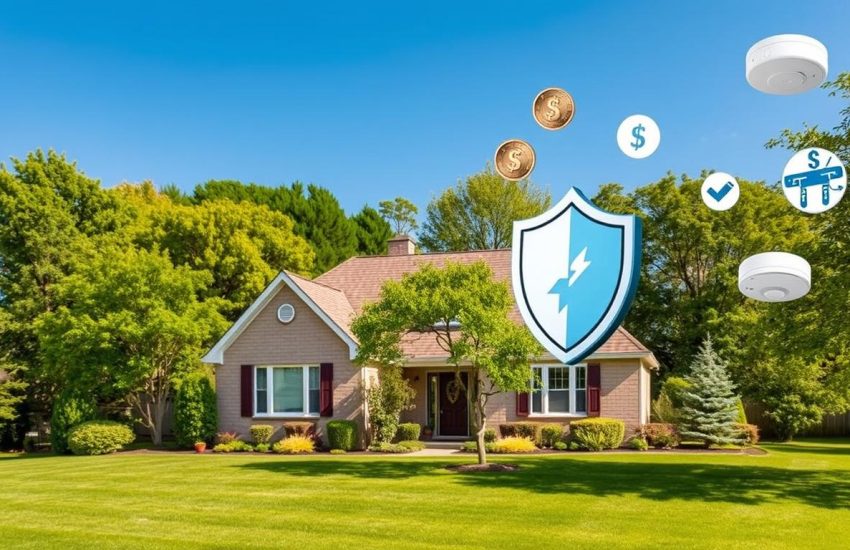How to Make Your Home Energy Efficient and Save Money
How to Make Your Home Energy Efficient and Save Money
Making your home more energy efficient helps the planet and cuts down on your energy bills. Here are easy steps to make your home run better.
- Annual Furnace Servicing: Keep your furnace running well with yearly check-ups to boost its efficiency.
- Hot Water Heater Insulation: Insulating blankets keep your water heater warm, improving energy efficiency.
- Duct Sealing: Seal your ducts well to stop heat loss and make heating even in your home.
- Draft Proofing: Check for drafts and seal any leaks in doors and windows to keep air inside.
- Exterior Window Films: Use these films in cold months to cut down on energy use and keep windows insulated.
- Use of Ceiling Fans: Ceiling fans move air around. This means you spend less on heating and cooling.
- Smart Thermostat Installations: A smart thermostat can lower heating and cooling costs by 15%. It’s a top eco-friendly upgrade.
- Reducing Phantom Load: Plug electronics into a power bar. Turn it off when not in use to save power.
- Home Energy Audit: Do an energy check to find more ways to make your home energy efficient.
Using these steps lowers your energy bills and is good for the Earth. See them as an investment in your home and our planet.
Energy-Saving Appliances
It’s very important to use energy-saving home improvements for the environment and to lower bills. Adding ENERGY STAR certified products is a great way to do this. These products use less energy, which saves money and helps the planet.
Getting energy-efficient appliances can greatly reduce your monthly energy bills. Let’s look at some benefits:
- Refrigerators and freezers that are not near heat sources and are ENERGY STAR certified can use up to 50% less energy.
- Heating and cooling systems that are ENERGY STAR certified can make a home more energy-efficient. This can cut energy use by almost half with electric systems.
- Using LED light bulbs, which are also ENERGY STAR certified, can cut energy use for lighting by 75%.
- Tankless water heaters provide hot water when you need it without wasting energy. Getting ENERGY STAR models adds to energy-saving home improvements.
These changes can save you money every month and also make your home worth more. Making these upgrades is part of a bigger effort towards living more sustainably. For people looking to buy a home, choosing a new home often means getting the best in energy-saving tech and energy-saving home improvements.
| Appliance | Average Upgrade Cost | Average Yearly Energy Savings | Additional Benefits |
|---|---|---|---|
| Energy Star Refrigerator | $800 – $2,500 | $200 – $350 | Less noise |
| LED Light Bulbs | $5 per bulb | $225 annually | Lasts longer than others |
| High-Efficiency HVAC | $3,000 – $10,000 | $1,000 annually | Better air inside |
Choosing ENERGY STAR certified products saves a lot of money over time and is good for the Earth. Picking these appliances is a big step towards a sustainable future and a home that costs less to run.
Upgrading Windows and Insulation
Making your home warmer and saving money is easy with energy-efficient upgrades. Add better windows and insulation for more comfort and less cost. Stuff like double-glazed windows, tight seals, and good insulation cut down on needing a lot of heat or AC.
Think about the benefits: homes with ENERGY STAR windows save about 12% on energy costs. Just sealing leaks and adding attic insulation can drop your energy bills by up to 10%. So, spending on these improvements really pays off.
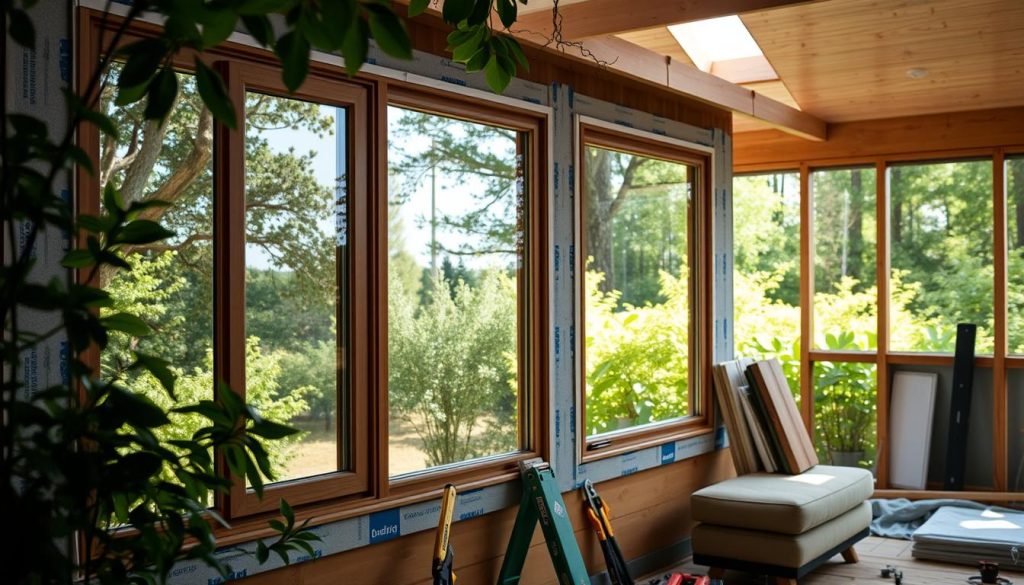
To improve energy efficiency, it’s not just about new gear. It’s about checking your home and fixing it up right. Let’s get into the ways to make your home better:
- Windows: Get ENERGY STAR windows with low-e glass to block sun heat and save energy.
- Sealing and Weatherstripping: Stop air leaks with caulking and weatherstripping. This keeps your home warm in winter and cool in summer.
- Attic insulation: Good attic insulation is cheap and comfy. Seal gaps and lay thick insulation for less energy waste.
Energy-efficient upgrades might get you big tax credits—up to 30% back on what you spend. Plus, they’re great for the planet. Choosing these smart changes is a solid move for a green, money-saving home.
Understanding Energy Rebates
Thinking about home improvements for energy savings is smart. It helps our planet and can save you money through tax credits for residential energy efficiency and rebates. These financial perks make upgrading your home cheaper and benefit both your budget and earth.
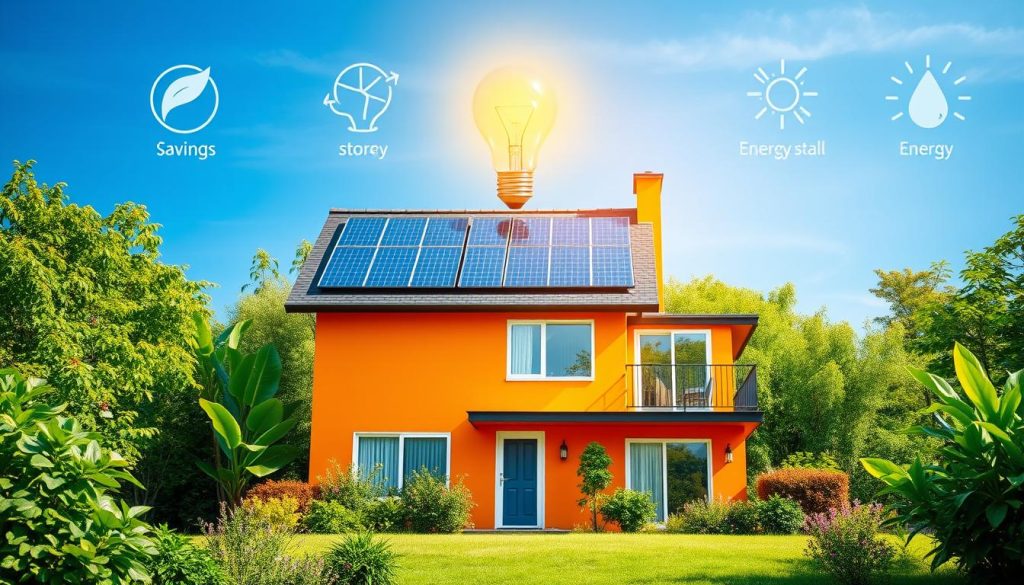
The Inflation Reduction Act puts a lot of money into Home Energy Rebates, $8.8 billion to be exact. It shows the U.S. is serious about making homes more sustainable nationwide.
Programs like the HOMES and HEAR, mentioned by the Department of Energy, cut the initial costs of making your home energy-efficient. For instance, adding new heat pumps or better insulation can get you back up to $2,000. Moreover, folks in New York and Georgia are saving on their bills, thanks to these rebates.
| Program | Max Savings | Eligibility | Additional Benefits |
|---|---|---|---|
| HOMES Rebates | $2,000 | Savings of 20% energy | Varied rebates based on energy savings |
| Federal Tax Credits | $3,200/year | Improvements on primary homes | Up to 30% cost coverage until 2032 |
| HEAR Rebates | $9,600 | Below 150% AMI | Larger rebates for lower income brackets |
These rebates and credits offer quick financial relief and future savings on bills. This strengthens economy on personal and community levels. They also help create over 50,000 jobs in the U.S.
Getting these incentives might look hard, but it’s well worth it. Working with pros and looking into tax credits for residential energy efficiency helps. It ensures you make the most of your investments.
Finding energy-efficient solutions is a good way to save money and invest in your home’s and the world’s future. These rebates and tax credits show how important and valuable sustainable living is.
Tips for Lowering Utility Bills
To help save money on energy bills and boost energy efficiency, making some simple changes at home is key. These steps not only make your living space greener but also save you money long-term.
- Utilizing ceiling fans to minimize the use of air conditioners and distribute warmth during colder months.
- Adjusting thermostat settings and employing programmable thermostats to fine-tune heating and cooling schedules.
- Installing water-efficient showerheads and toilets, including models with dual-flush features to reduce water usage.
- Promoting responsible appliance use by enabling energy-saving settings and maintaining proper ventilation around refrigeration units.
- Enhancing natural lighting through strategic placement of skylights, light tubes, and windows to decrease reliance on artificial lighting.
| Strategy | Benefit |
|---|---|
| Thermostat Adjustment (7-10 degrees for 8 hrs/day) | Up to 10% savings on heating and cooling |
| Water Heater Temperature (max 120°F) | Significant annual financial savings |
| Air Filter Replacement | 5% to 15% lower energy consumption by air conditioners |
| Dishwasher Use vs. Hand Washing | Reduces water use by 4 to 22 gallons per load |
| Power Management Tools (Advanced Power Strips) | Prevents phantom energy use and costs around $100/year |
Using these strategies cuts monthly bills and helps our planet. Upgrading to ENERGY STAR® appliances or changing daily habits can lead to big savings. Anyone working to use less energy and water is making a big difference. They’re creating a more sustainable, budget-friendly lifestyle.
Final Eco-Friendly Suggestions
As we finish our guide on eco-friendly homes, let’s look at some last upgrades. These will help save more resources and show our love for the environment. Taking steps beyond solar panels, like energy-efficient showerheads, makes a big difference.
Using these showerheads and toilets can cut our water use by 30-60%. Adding skylights reduces the need for electric lights. It’s smart to use appliances when it’s cooler. This keeps the AC from working too hard.
Choosing ENERGY STAR products like air conditioners and light bulbs is smart. They use 75% less energy than normal bulbs. A programmable thermostat can save us 10% a year on heating and cooling. These steps save money and help the planet.
We know the data on emissions is scary. But each eco-friendly change helps our big goal of living greener. Like choosing double-glazed windows or bamboo floors helps a lot. Getting a home energy check makes sure our changes work best. Together, we can make a better future and reduce our carbon footprint for our kids.

